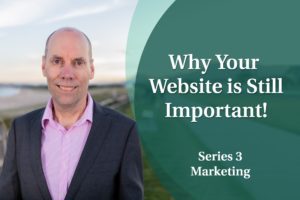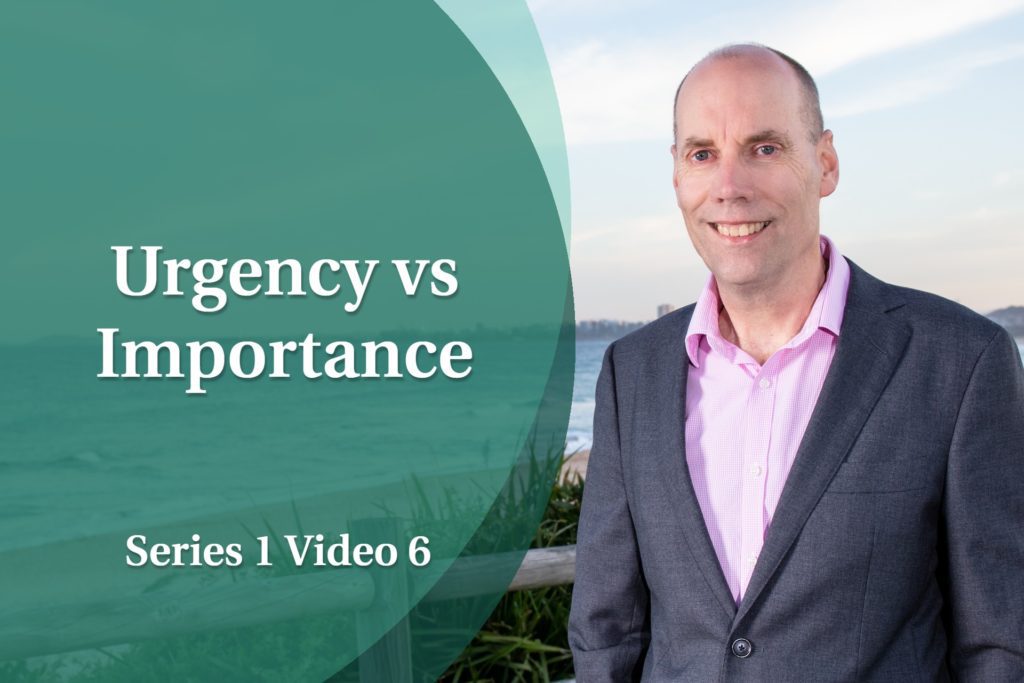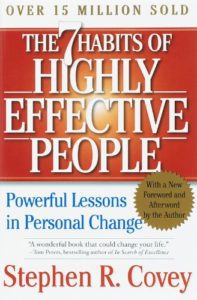
Are You Shop Blind?
By Phil Latz
When you’ve worked inside your business for years, things become familiar. That can be a problem!
All of us see things differently. You might have heard of the expression, ‘She looks at things through rose coloured glasses.’ At one level that’s saying someone is an optimist, but it also implies they might be in denial of negative things. They unrealistically see things as being better than they actually are.
When it comes to your business, you need to see things through the eyes of a potential customer who is encountering your business for the first time. They will notice things that you overlook.
In this article I’m going to use the example of a ‘bricks and mortar’ retail shop. But the same principals apply to every other business. Your shopfront might be your website, your mobile service van or your front office. Your shop front might be your 25 year old Commander phone system playing the Greensleeves chimes when your customers are on hold.
First Impressions Count
How many customers aren’t even making it through your front door?
Don’t just imagine that you’re a first time customer, physically put yourself in their shoes! Go out of your shop, walk a block down the street then turn around and walk slowly back towards it.
As your shop gets closer, ask yourself these questions. How effective is your signage? Is it appropriate for your location? For example, a shop that most customers drive to needs larger, simpler signage than one where customers arrive on foot.
Is your signage lit at night? Wherever you’re located there are 8,760 hours in the year, but the sun is only up for 4,380 of them. If you don’t have good exterior and signage lighting then you’re hiding yourself for half of the year.
Are your signs faded? Are they current? You might be old enough to remember the huge Ansett Australia airline group that went bankrupt in 2002. It was a good test of retail travel agencies, many of whom had Ansett signage. The sharp ones soon updated their signage, but for years afterwards you could still see ‘Ansett’ posters and signs in some less well run travel agency windows.
As you continue to approach your shop, stop when you’re directly outside. Is the footpath swept and tidy? Or are their weeds in the cracks and stains from last week’s party at the pub next door?
Does your shop need a fresh coat of paint? What about the window displays? The leading department stores and specialist retailers pay professional window dressers to regularly update their displays in sync with new seasons, summer sales and so on.
Even if you can’t afford to do this, you can at least think about how you can make the most of your shop windows to maximise your sales and learn some basic tricks of the trade via Google and YouTube.
Now you’re ready to enter the store. Is the door working well? Hinges oiled, handle clean and fully working? Automatically opening doors are expensive, but ideal, especially for stores that sell larger items.
Consider All Five Senses
You’re now standing just inside the door.
What do you see?
Are the products brightly lit with focused display lighting that really makes them shine and ‘pop’? Or is there just a row of old fluoro’s in the ceiling, three of which are grey at the ends, two more that are flickering and one that blew months ago without being replaced?
Is there a bold graphic, alluring sign, brightly lit hero product or some other feature that draws the customers’ eyes deeper into the store and entices them to come right in, not just hover at the door?
Can you see dead corners where the latest stock deliveries are piled up in cartons? Not every shop has the luxury of a loading bay or rear entrance, but even if your stock has to come in via the front door in full view of customers, you should get it out of sight and out of their way as soon as possible.
What do you hear?
Is there appropriate music playing that puts customers into a positive frame of mind? Or is a certain staff member’s favourite death metal band being played way too loud?
Can you hear staff discussing things that should be saved for the staff lunch room, out of earshot of customers?
What can you smell?
You’d be amazed how many shop owners don’t notice that their carpet actually started to get musty two years ago. It’s like the frog in the saucepan with the heat slowly rising.
The first level you should aim for is a clean, fresh smelling shop. More sophisticated retailers actually pay specialist companies who can provide a wide range of scents to make shops more enticing to customers.
Of course, the aroma of your products is a big selling point if you’re a bakery or florist for example, so make the most of it.
What can you touch or taste?
I’m combining the last two of our five senses because when it comes to retail stores, they might well be mutually exclusive. For example, in a bakery it’s a great idea for customers to be able to taste samples, but not such a great idea for them to be able to touch fresh bread that another customer ends up buying.
However if you’re selling hard goods of any description, the opportunity for your customers to touch the product first is a unique advantage you have over your online competitors.
Your customers want to feel the weight, texture, hardness or whatever other key attribute of each product is important to them. So let them! Obviously there are security considerations, especially if you’re running a jewellery store, but in every retail category there are ways to maintain security whilst still letting your customers immerse themselves in the key attributes of your products.
By now you should have some fresh revelations about how you can improve your store. But if you find it hard to be impartial and objective, you can always get an independent third party to give you a frank assessment. A business coach could help you here!
Whatever you do, don’t rely on what your visiting sales representatives tell you. They just want to butter you up to buy more of their products over their competitors’ so they’re not about to share any hard truths with you!











